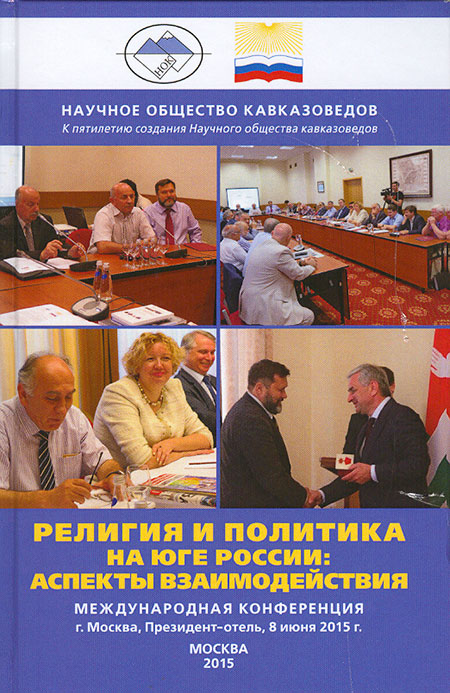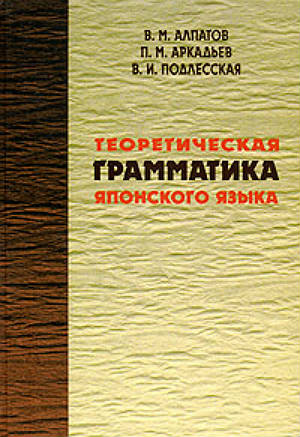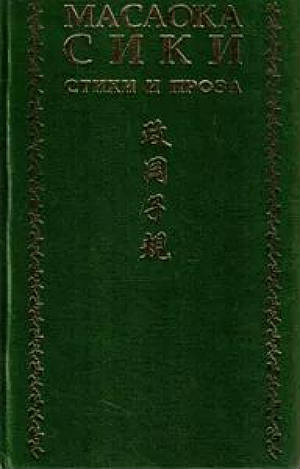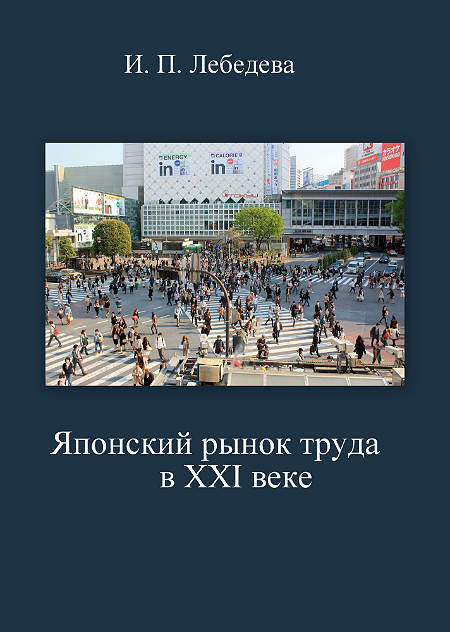Book
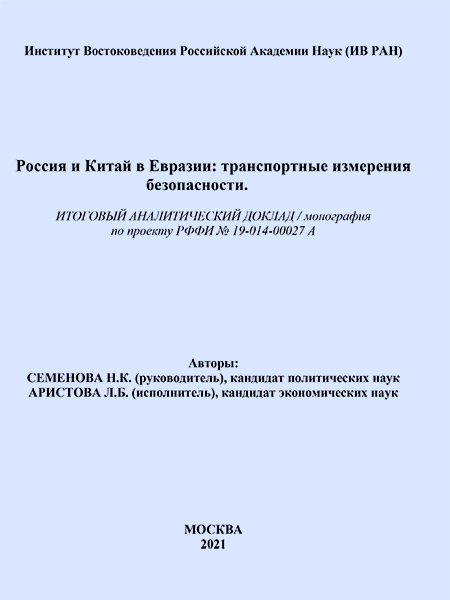 Россия и Китай в Евразии: транспортные измерения безопасности
Россия и Китай в Евразии: транспортные измерения безопасности

Aristova Lyudmila, Semenova Nelli
Final analytical report / monograph according to the RFBR project No. 19-014-00027
Еditor: Salitsky Alexander
Institute of Oriental Studies of the Russian Academy of Sciences
Москва, 2021, 289 p.
The project of the Silk Road Economic Belt (SREB) proposed by China, in addition to creating a unified transport infrastructure, involves improving the investment climate, optimizing trade, customs cooperation, interaction in the monetary and financial system with regional organizations (SCO, EAEU), as well as expanding cultural and scientific exchange. The expert community opposes potential dividends from participation in the SREB project with very real risks. Some of them have already become a fait accompli. Over the seven years of the implementation of the initiative in Central Asia, the countries participating in the project have accumulated a certain experience, the expert assessment of which is very diverse. The problems that existed in the region before the start of the active economic activity of the Celestial Empire, with the dynamic arrival of China in the region, are overgrown with new challenges. In this regard, Russia's participation in the SREB project is considered optimal through the collective format of the Eurasian Economic Union, which fully realizes the national interests of the Russian Federation and the Central Asian states. The export of the virus has been added to the risks of participation in global transport projects. Now many projects have been suspended, but China, having overcome the peak period, declares its readiness to resume active promotion of the SREB.
The monograph / final analytical report "Russia and China in Eurasia: Aspects of Transport Security", carried out within the framework of the RFBR scientific project No. 19-014-00027A, explores the Russian and Chinese visions of joint development processes The Silk Road Economic Belt and the Eurasian Economic Union, specific approaches of the parties in the implementation of integration, incl. transport projects.The work is also devoted to identifying potential risk factors for the national interests of the Russian Federation, in this context, an analysis of the chances, opportunities and hypothetical challenges in the process of conjugation of the SREB and the EAEU is carried out.The experience of implementation of integration projects of the Russian Federation in the Eurasian space is analyzed.
Content
INTRODUCTION…4
CHAPTER 1. TRANSPORT HORIZONS OF EURASIA. PROBLEMS OF COOPERATION AND SECURITY: A VIEW FROM RUSSIA AND CHINA…22
1.1. Russian-Chinese Rapprochement. Opportunities and Challenges…22
1.2. Analysis of the approaches of Russia and China in the implementation of joint transport projects…28
1.3. Integration strategies of the Russian Federation and the PRC…33
1.4. Potential of China and Russia to implement the EAEU-SREB interface…50
1.5. Conjugation of the SREB and the EAEU: Analysis of Opportunities, Opportunities and Hypothetical Challenges…59
CHAPTER 2. SILK ROAD ECONOMIC BELT: PLANS AND REALITY…65
2.1. Goals and objectives of the Chinese Belt and Road Initiative in Central Asia…65
2.2. China in the Transport Sector of Central Asia: Integration or Expansion?…70
2.3. Analysis of the degree of integration of Chinese companies in the transport sector of CA countries…76
2.3.1. Kazakhstan…81
2.3.2. Uzbekistan…89
2.3.3. Turkmenistan…94
2.3.4. Kyrgyzstan…97
2.3.5. Tajikistan…101
2.4. Socio-political problems of the CA countries in the context of the "One Belt - One Road" initiative…108
CHAPTER 3. NATIONAL INTERESTS OF CHINA AND THE CENTRAL ASIAN STATES IN THE CONTEXT OF THE ONE BELT AND ONE ROAD INITIATIVE…121
3.1. Chinese Transport and Investment Imperatives in Western and Central Asian Projections…121
3.2. Kyrgyzstan - China. Limits and Possibilities of Safe Adaptations…129
3.3. Tajik-Chinese debt model. Between bankruptcy and development…133
3.4. Sino-Turkmen priorities of hydrocarbon and transport security. What's the main thing on the agenda?…136
3.5. Uzbekistan segment of China's regional transport and hydrocarbon strategy…140
3.6. Kazakh-Chinese Agenda: Compression and Reformatting. Does Astana remain Beijing's main partner in the region?…150
CHAPTER 4. CONSTRUCTIVE AND NEGATIVE FACTORS IN THE DEVELOPMENT OF THE EURASIAN TRANSPORT DIALOGUE…155
4.1. Russia on the Silk Road: the potential difference between the RF and the PRC as a risk factor…155
4.2. RF - Central Asia - PRC: transport cooperation with elements of competition…171
4.3. Analysis of existing and potential risks and threats to the implementation of transport projects in the format "RF - PRC"…179
4.4. Deepening of the Eurasian geopolitics of China and the security interests of Russia: the transport aspect…189
4.5. Russian transport dimension of the Chinese initiative…192
4.6. Scenarios for the development of Russian-Chinese economic cooperation, incl. in the transport sector…204
CHAPTER 5. RUSSIAN-CHINESE COINCIDENCES AND Divergences. SECURITY, GEOPOLITICS, BELTS AND CORRIDORS…213
5.1. One Belt (SREB) and One Union (EAEU): A View from China…213
5.2. Western experts on the strategic rapprochement between Russia and China…223
CONCLUSION…228
BIBLIOGRAPHY…237
LIST OF ILLUSTRATIVE MATERIAL…288
РУССКАЯ ВЕРСИЯ: Россия и Китай в Евразии: транспортные измерения безопасности


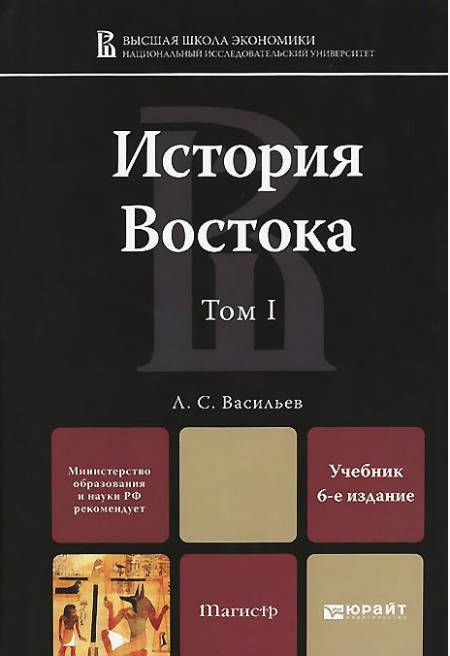
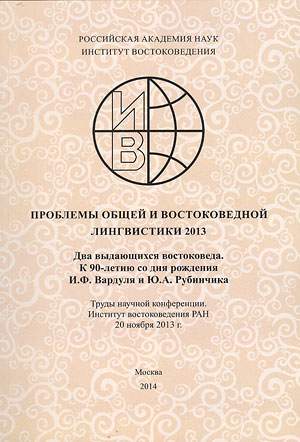
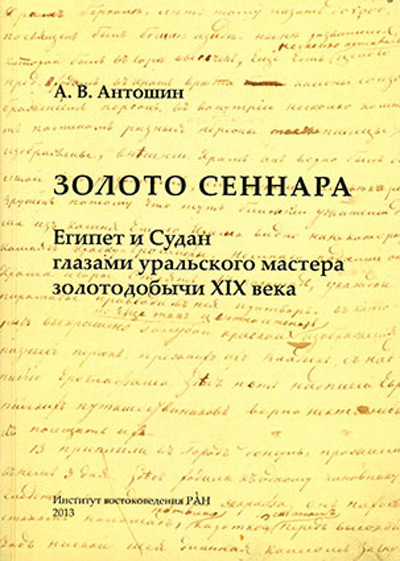
![Hikayat Pandawa Jaya [на малайском яз.] Hikayat Pandawa Jaya [на малайском яз.]](/f/goryaevalmal.jpg)
